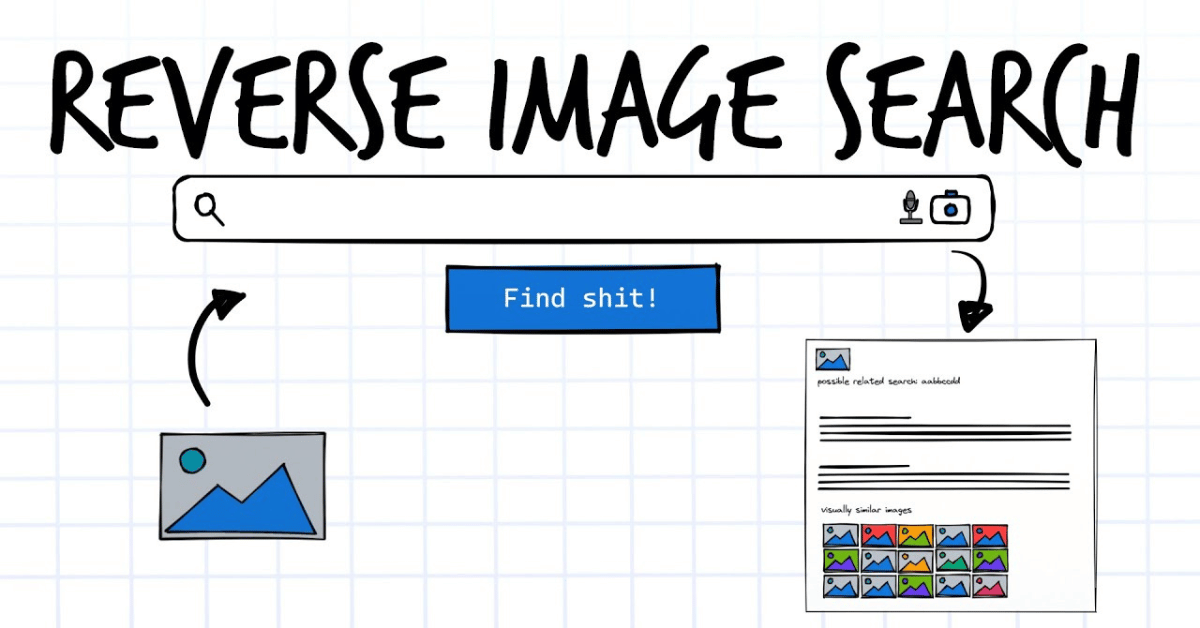The internet holds a vast amount of data, and with the right tools and techniques, nearly anything can be uncovered. One powerful method in the investigator’s toolkit is reverse image searching, the process of finding where an image came from or where else it appears online. This approach is especially useful in cases like identifying fake profiles on dating platforms (a tactic popularized by shows like MTV’s Catfish) or pinpointing the location of buildings seen in photos shared on websites or social media.
While Google’s reverse image search is the go-to for most people, its effectiveness often leaves much to be desired. Fortunately, several alternative tools offer better results.
Google Reverse Image Search
Google’s reverse image feature is a familiar starting point, but not always a productive one. For instance, uploading a widely circulated image—such as James Franco in the Coen Brothers’ The Ballad of Buster Scruggs—should ideally yield clear, accurate information.

However, Google’s results were disappointing. Instead of identifying the actor or film, it led to a couple of meme pages using the same image, offering little investigative value.

TinEye
TinEye boasts a database of over 40 billion images and is another respected tool for reverse image searches. Using the same test image, TinEye returned 381 results, complete with links and timestamps showing when and where the image first appeared online—valuable data for investigators tracking an image’s origin and spread.

Yandex
Yandex, a major Russian search engine, tends to excel at finding non-Western content. Uploading the same Franco image returned more instances than Google, primarily from Russian and Eastern European sites. While not overly insightful in this particular case, Yandex still provided broader coverage.

Bing
Often overshadowed by Google, Microsoft’s Bing performed the best in this test. Not only did it correctly match the image, but it also identified James Franco by name and displayed a short biography. Additionally, it presented related images from the same movie, offering more context and connections than the other platforms.

Additional Reverse Image Tools to Consider:
If the main search engines don’t yield useful results, there are other platforms worth trying:
- Baidu (China)
- FindFace (Russia)
- Berify
- Image Identity (via Wolfram)
- Microsoft Azure’s Facial Recognition
- ImageRaider
- PimEyes
These tools can sometimes fill in the gaps left by more well-known engines.
Key Takeaways:
Reverse image search tools are not all created equal. In this experiment, Bing clearly outperformed Google, Yandex, and TinEye, particularly due to its strong identification of Western media figures. Google, surprisingly, was the least helpful and is generally not recommended for investigative reverse image tasks.
For images originating outside of the U.S. and Western Europe, Yandex stands out as the most effective platform. In investigative work, it’s important to use multiple search engines for cross-verification. A good strategy is to start with Yandex and follow up with Bing for confirmation. Sadly, Google rarely delivers meaningful results in these contexts.
Reverse image searching remains a vital technique in OSINT investigations, provided you’re using the right tools for the job.





0 Comments